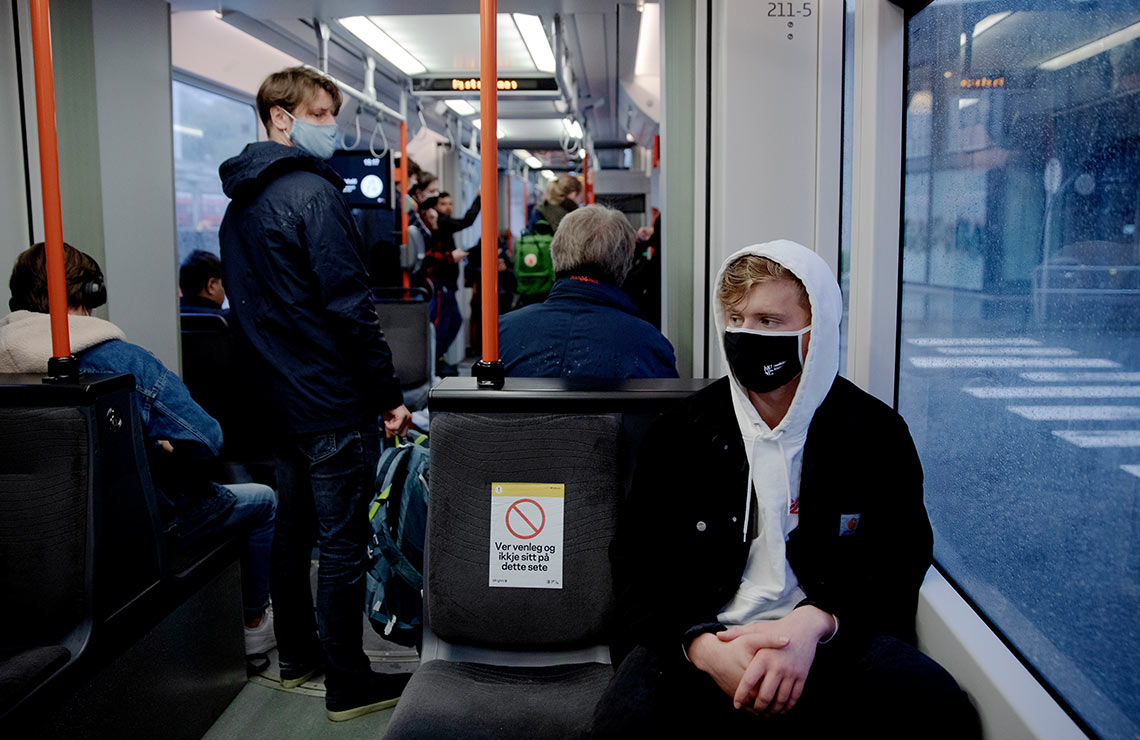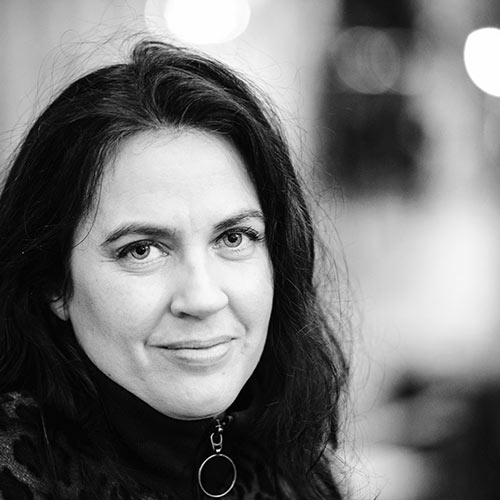
Grab the readers’ hearts
It should be based on nearness, a deep understanding of society, and a talent for reacting quickly to what is important for people. Frøy Gudbrandsen at Bergens Tidende looks into tomorrow’s news journalism.
As I write this, it is only a few days after the city of Bergen was once again locked down because of a sharp increase in Covid-19 infections. It had spread from student parties to builders at the university, to several choirs, to a school, and to two more schools.
Practically every cultural event was cancelled. The theaters were just ready to set up their plays again. Now they were closed. The hotels had just recently called back the staff that had been laid off. Now they were being laid off again.
”Don’t be social”, was the message from the local authorities – a seemingly straightforward instruction but in reality, it means no jobs, and plenty of worries, fear, loneliness, chaos and lots of uncertainties.
The need to inform will not disappear
On days like this it is easy to envisage the future for the news media. We become important when a crisis hits. We do not know quite how we are going to distribute news in a few years’ time. Formats and platforms may be new, but the need for news media to inform, interpret, explain and help people to navigate, will hardly disappear. The larger the drama surrounding us is, the easier it is to see what our role should be.
A more demanding task is to see how we can remain important in people’s lives when the message on the banners is ”everything will be all right”. In periods when most things go well and the big, big issue is what we are having for dinner, that’s when the news media is less important. Well, of course we can exchange recipes but that is hardly why we are in this business.
A key to being a part of people’s lives, as a news medium, is nearness. We should be near those we are writing for. There has been a substantial change from gut-feeling-journalism to a journalism that is taking in what is important in people’s lives. But the transformation has only come halfway.

By nearness, I mean geographical nearness and physical presence where it happens; journalists who report what they see with their own eyes.
Nearness also means to be close to the actual behavior of the customer. We must understand people’s needs better. Explain things they are actually wondering about and interpret what they need to know. This can mean going out, talking to local people and being good at catching what is worrying, irritating and thrilling them.
If the social distancing during Corona times has taught us anything, it would be that human contact is invaluable. Also, in journalism something is lost as the distance between people grow.
Closeness means more
But it means more to have closeness to readers and to analyze data. This is the way for us to constantly learn more about what kind of journalism readers need in their lives and in what way news should be distributed in order to reach their target.
Sharp eyes and ears combined with solid and thorough analysis will give us that nearness.
It is also absolutely crucial to under-stand society and the slow drama that we live in, a drama that is transforming working life and everyday life for very many people: the green shift. Along the Norwegian west coast this is particularly dramatic. This is an area where oil dependency is strong, and it will come to an end in a few years. This will have consequences for the entire Norwegian economy as well as for the working life, but a few towns will be more violently hit. The green economy shall prevail but exactly what that means, nobody knows.
These changes develop slowly, resembling what we have seen in the pandemonium. But they are big changes that can shift powers.
We must inform, interpret and explain to help people navigate in complicated waters
Since climate policies mean big changes, they can be controversial and often polarizing. Both toll roads and wind power are examples of this in Norway.
If the news media is going to be important, we must do exactly what is so obvious to us in an acute, big news event. We must inform, interpret and explain to help people navigate in complicated waters. But precisely because there is such explosive power in the hottest news, those that affect people’s lives, that nearness is necessary.
In the end, it is necessary to be quick in a different sense than before. The news media probably has less influence in deciding what becomes the big debate. At best you could say that ordinary people have gained more power to influence the topic of major debates. But the most frightening of all is the prevalence of fake news and conspiracy theories, a constant threat against an enlightened, public debate.
Another threat to the role of news media in the public debate is the tempo. The public debate has become constantly unstable. To me it appears more unpredictable and shifting. Through social media, something that in the beginning looks like tiny protests takes on an exponential growth that can be difficult to predict – unless you are in tight contact with your readers.
A fact-based and balanced journalism
One example is the road toll debate. It went from being something in the margins to dominating the election debate in 2019. In Bergen the first opposition appeared in the transport business, when trucks blocked the streets in town.But a few months before the election a forceful resistance grew among much wider circles in the population, emanating from a citizens’ action on Facebook. The result was that a new political ticket had support from 16.7 percent of the voters in the Bergen election.
A year after the election, polls showed that the new listing had lost nearly all of its support.
As news media, our goal must be to understand, explain and to communicate what is happening. In the intense debate our role must be to stand for fact-based, balanced and critical journalism. But in order to take a relevant role as the engagement is exploding, we must take the position to serve as an important venue for debate.
So far, the problems with fake news have been smaller in our part of the world than in other countries. But it is hanging over us in the public debate as a constant threat. Articles from unserious media, that make only a small effort to communicate the actual truth, partly have a large amount of readers and get widely spread through social media. That is definitely a cause for worry.
Our response to these challenges is to be the place that the readers know they can go to for trustworthy news. It is as important that we succeed in this in everyday life as it is in a crisis.

Frøy Gudbrandsen
Editor in chief, Bergens Tidende
Years in Schibsted
8
What I’ve missed the most during the Corona crisis
Crowded concerts